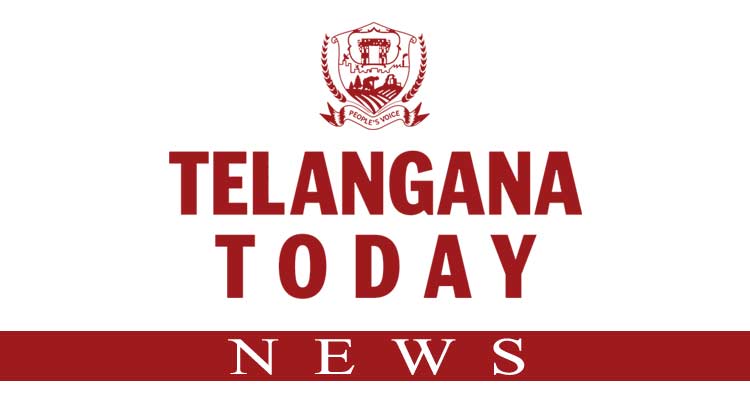The caste data should not become a weapon for deepening fault lines and increasing polarisation to win elections
Published Date – 11:59 PM, Tue – 3 October 23

The caste data should not become a weapon for deepening fault lines and increasing polarisation to win elections
Though politically contentious, the caste survey data, released by the Nitish Kumar government in Bihar, is a welcome initiative because it helps fine-tune the idea of social justice and inclusive development. With less than nine months to go for the general elections, the caste census signals further strengthening of caste-centric politics as a means for political empowerment. The key takeaway from the survey is that the Extremely Backward Classes (EBCs) and the Other Backward Classes (OBCs) — constituting 36.01% and 27.12% respectively — together make up over 63% of the State’s population of 13.07 crore. This represents an over 10% jump from their estimated numbers in the 1931 caste census. Billed as Mandal 3.0, the caste count is expected to emerge as the fulcrum around which electoral politics would revolve. The chorus of demand for revising the 50% ceiling on reservations, fixed by the Supreme Court in the past, is bound to grow. The non-BJP parties have made the caste census and the OBC sub-quota in the women’s reservation law a major issue. The ruling JD(U) and RJD are likely to push for increased OBC/EBC quota at a time when the BJP has made significant inroads into the EBC vote bank in large parts of north India. The caste survey is a key component of Nitish Kumar’s political strategy not only to stay relevant in State politics but to also play a leading role in the national opposition challenge to the BJP. The Chief Minister has crafted his political strategy around the caste survey.
While issues like the Uniform Civil Code and the scheduled inauguration of the Ram Temple in Ayodhya in January are likely to play a major role in the BJP’s Lok Sabha campaign, Nitish is likely to use the survey data to give a rallying call for ‘social justice’ and ‘development with justice’. While a reliable caste census is essential to fine-tune welfare programmes and ensure social justice, the caste data should not become a weapon for deepening fault lines and increasing polarisation to win elections. There is a strong case for conducting a national caste census to identify socially, economically and educationally backward communities and increase reservations proportionate to their population. Without reliable data, no welfare programme can be effective. It is surprising that a nation which runs such a large affirmative action programme based on caste has not been collecting data on the educational and economic profile of castes. The Bihar caste survey has support from all parties, including the State BJP unit. However, the saffron party’s central leadership has adopted an ambivalent approach towards the issue. The BJP’s problem with the caste census stems from its ideological positioning. Caste counting is fundamentally at odds with its agenda of Hindutva, seeking vertical integration of all castes under a single umbrella and also not suitable for it politically.





